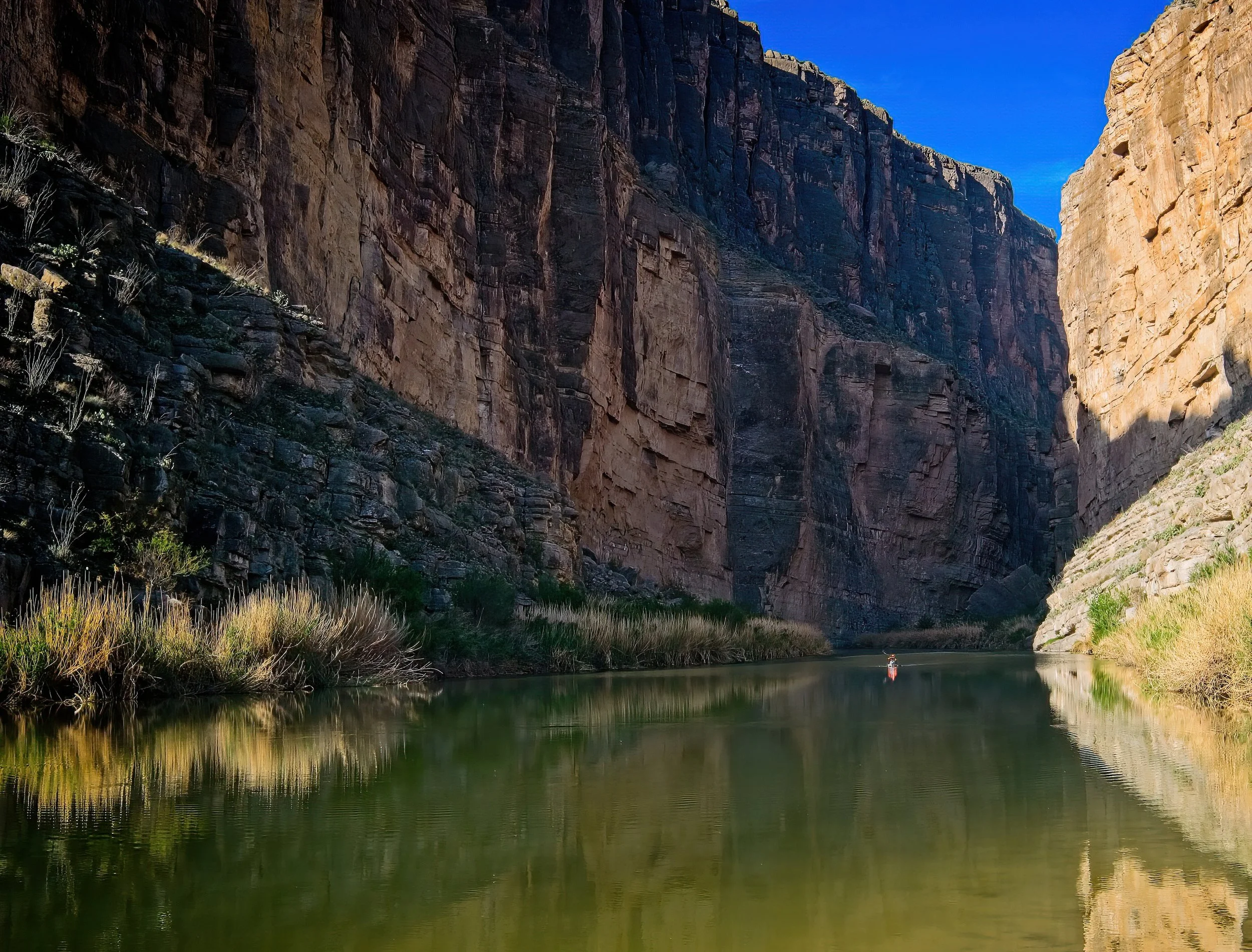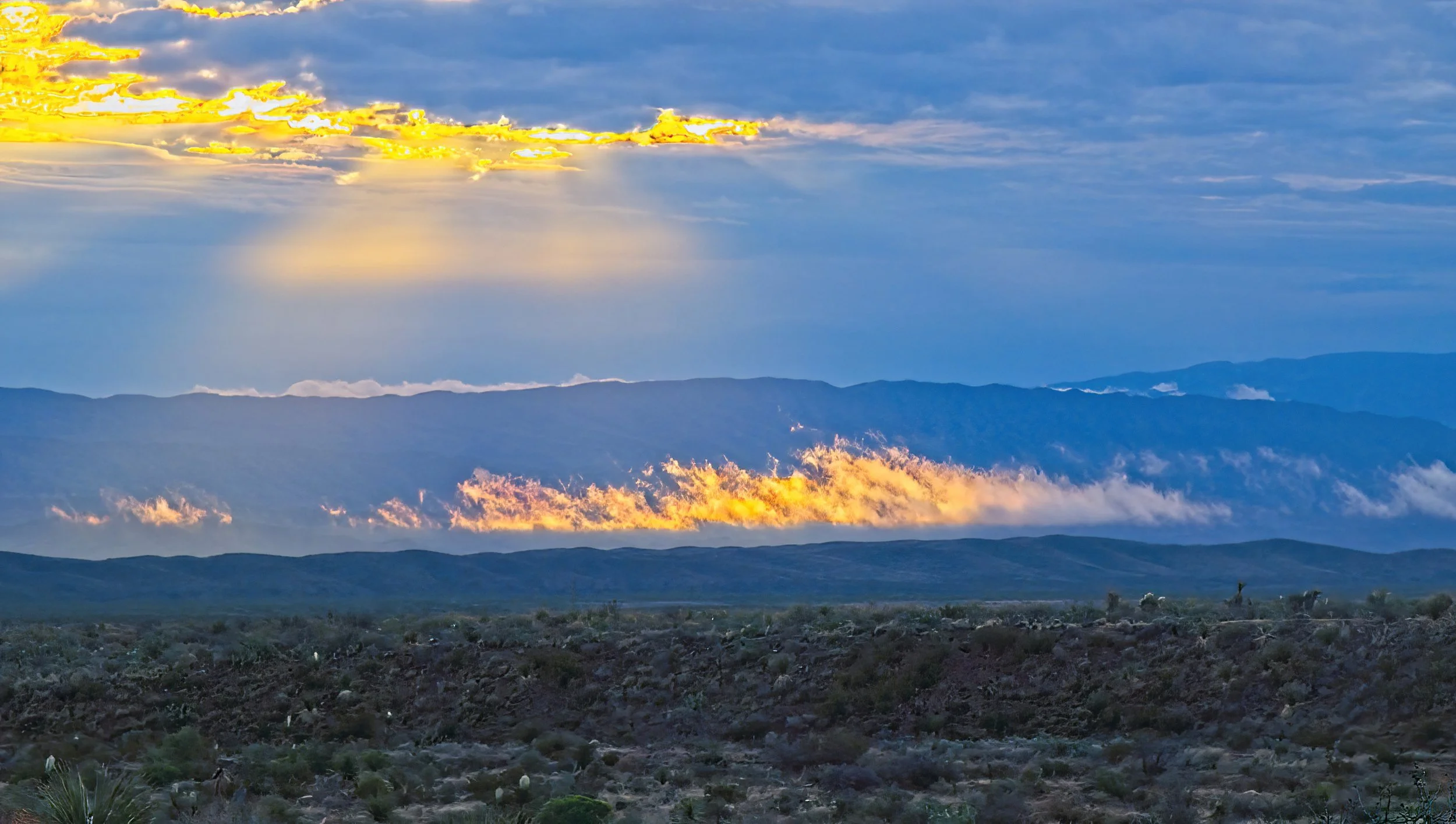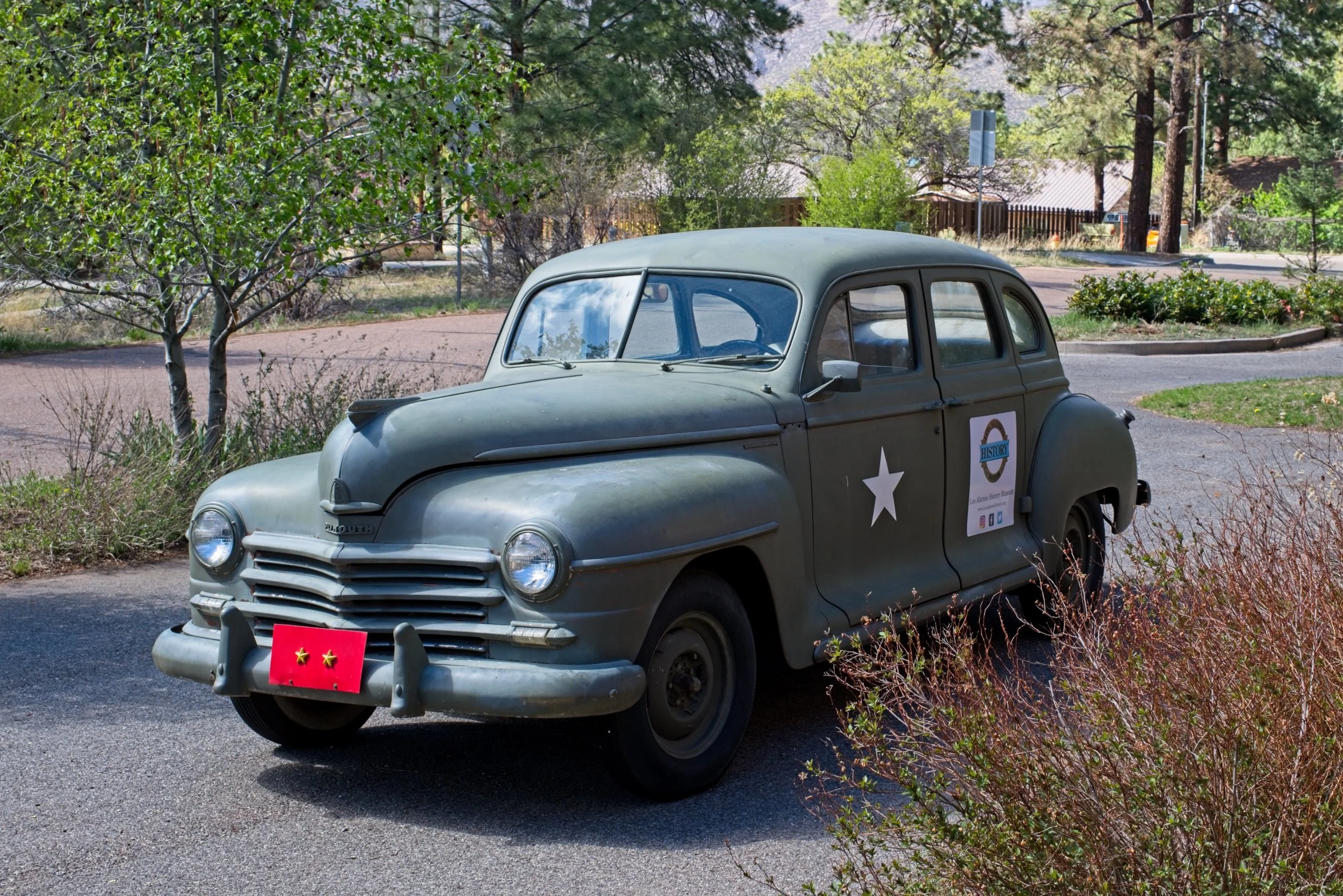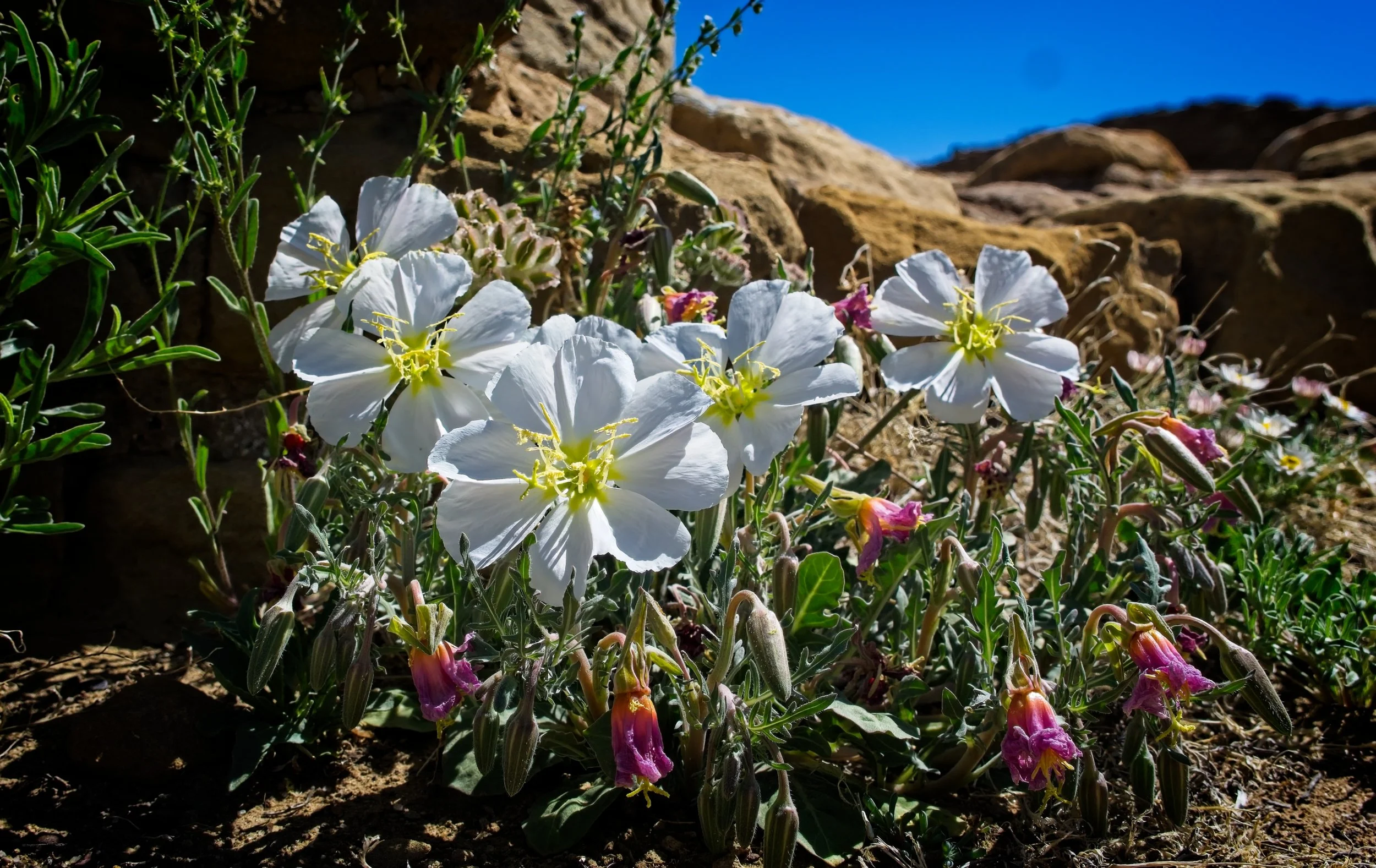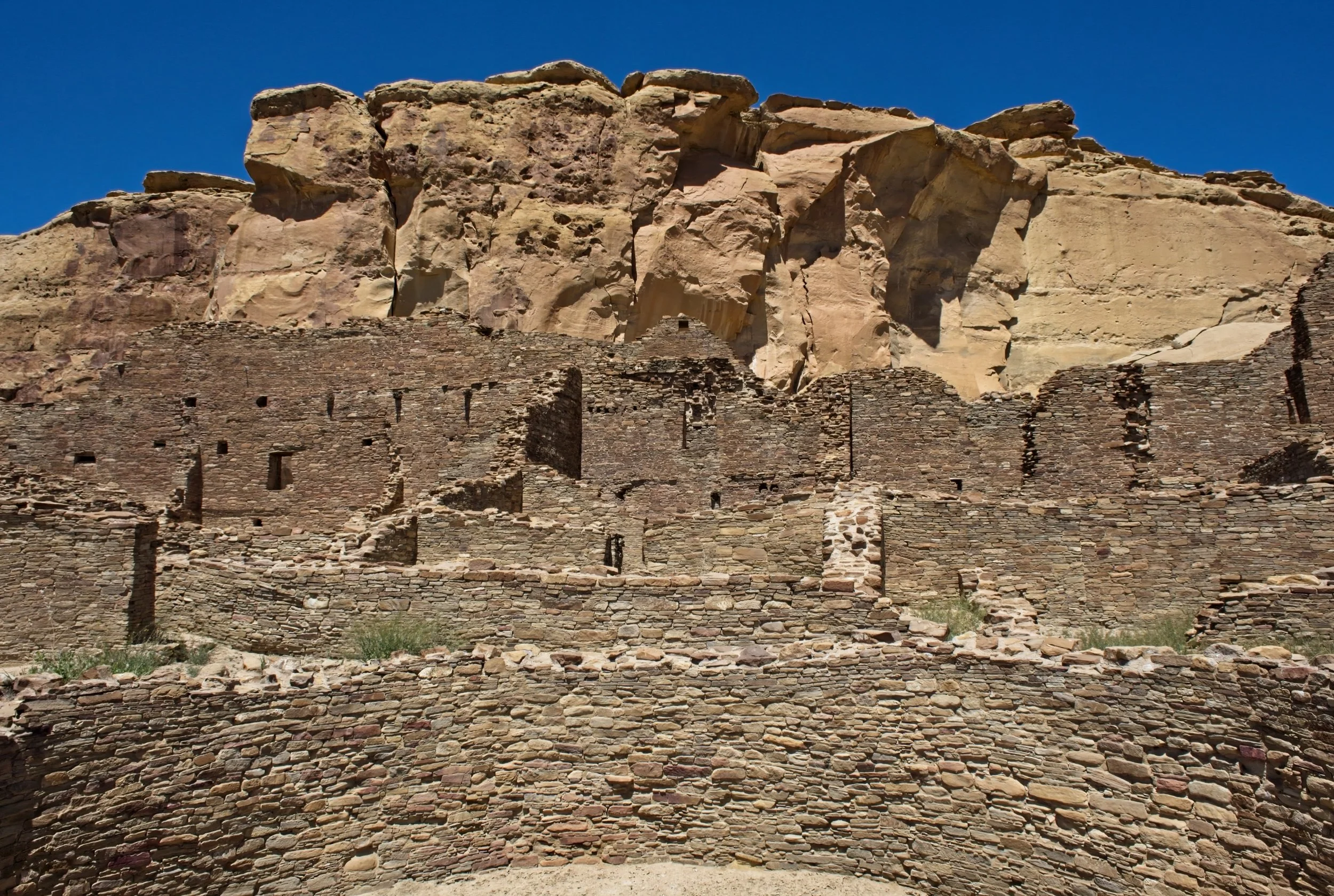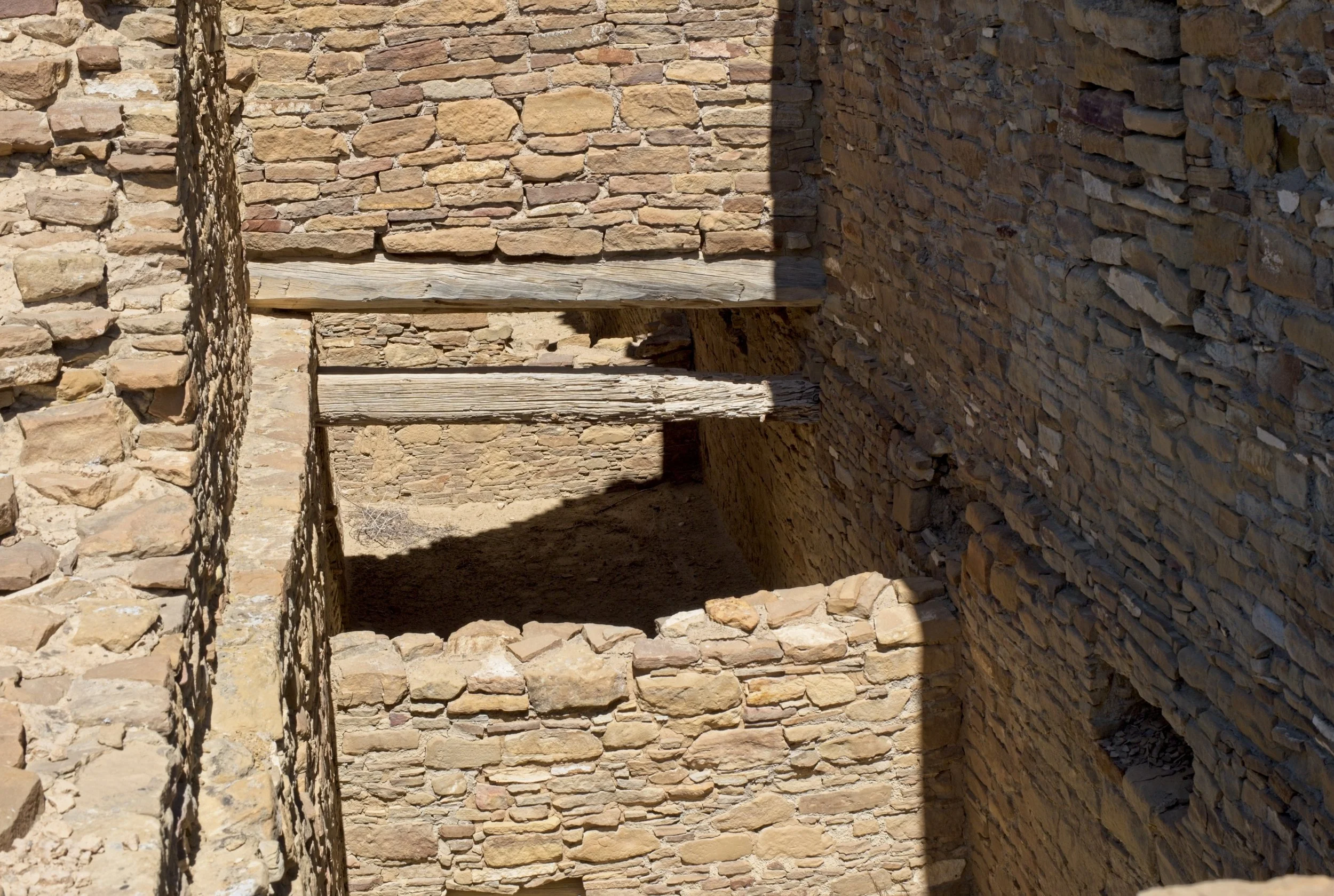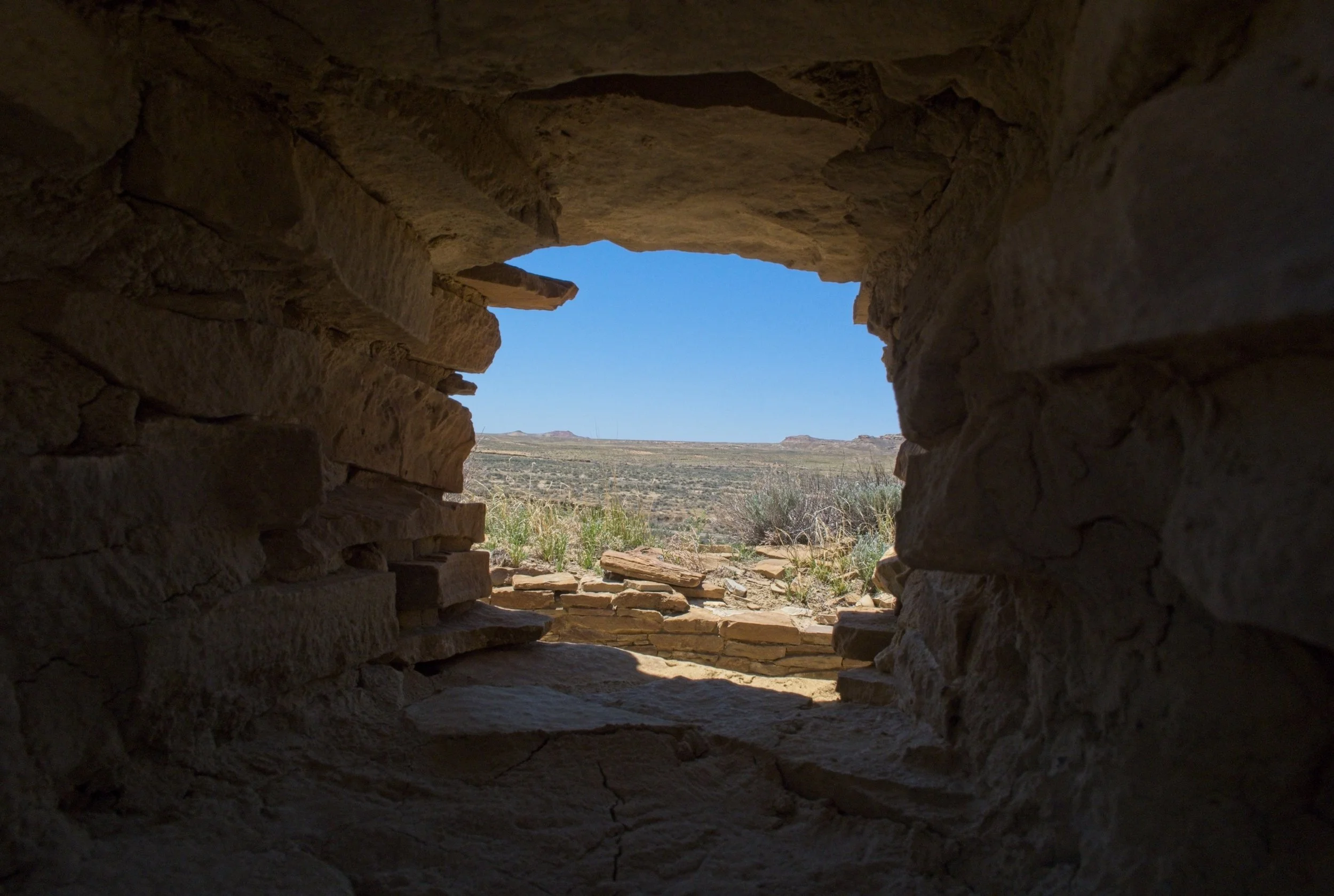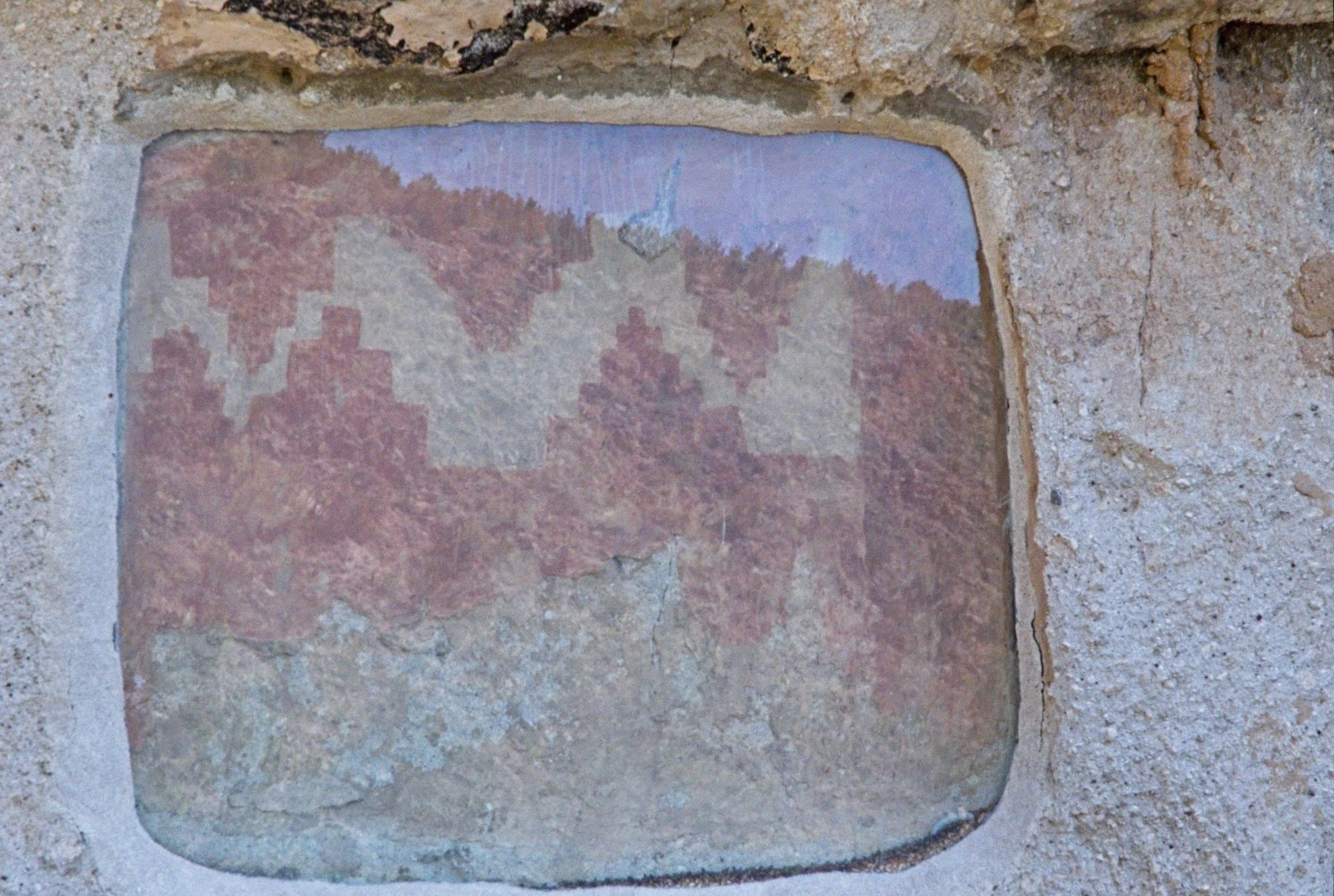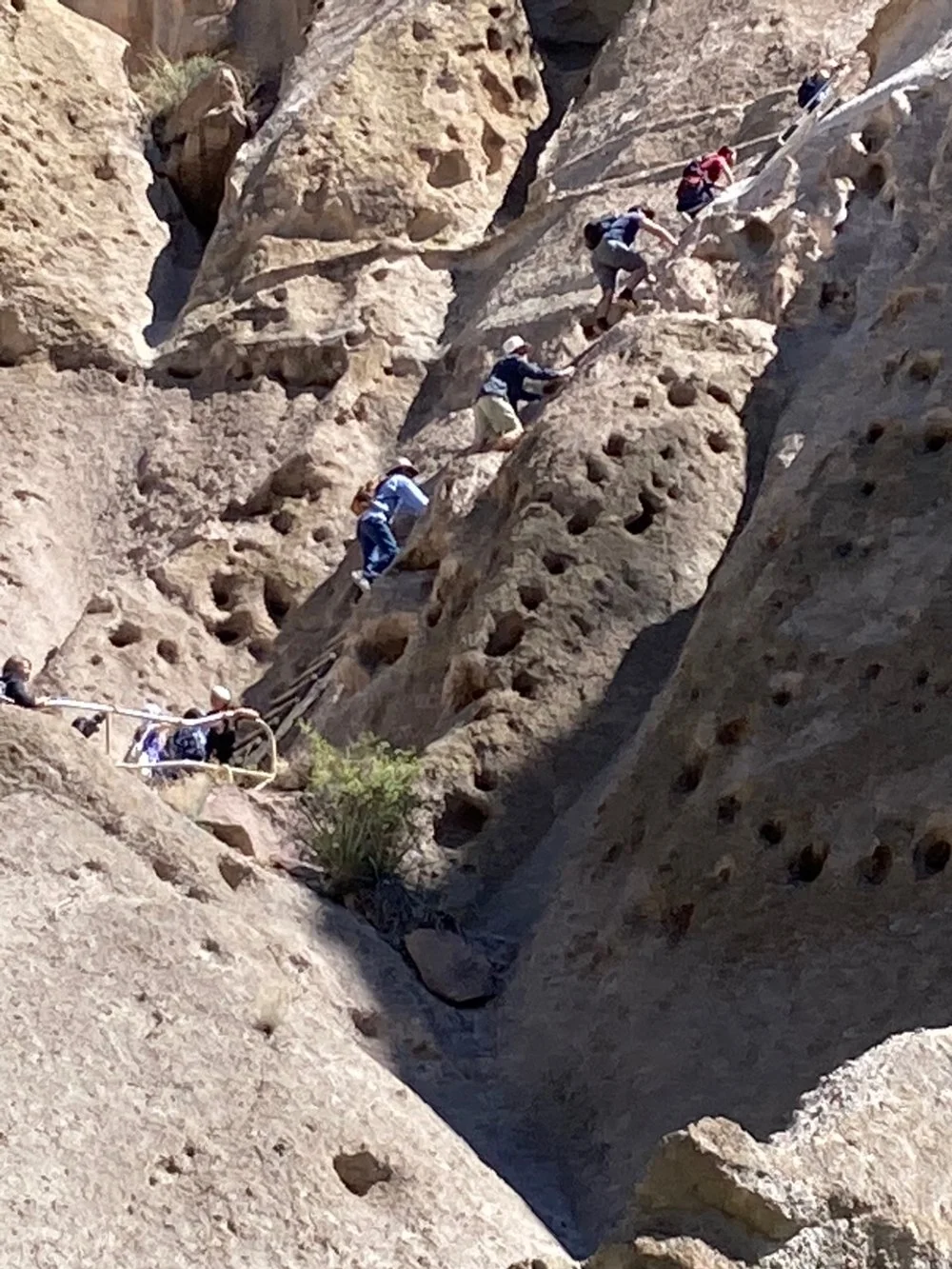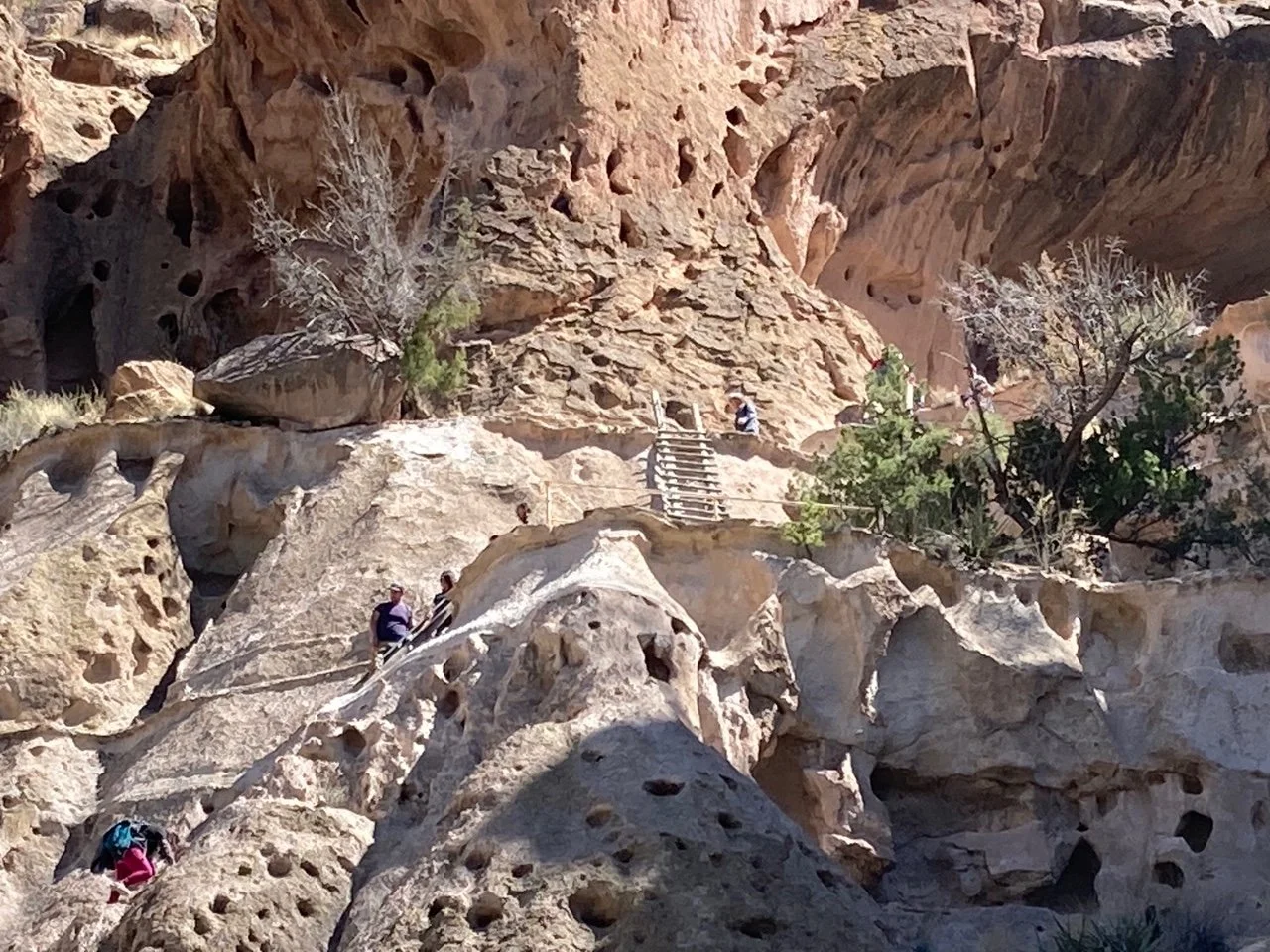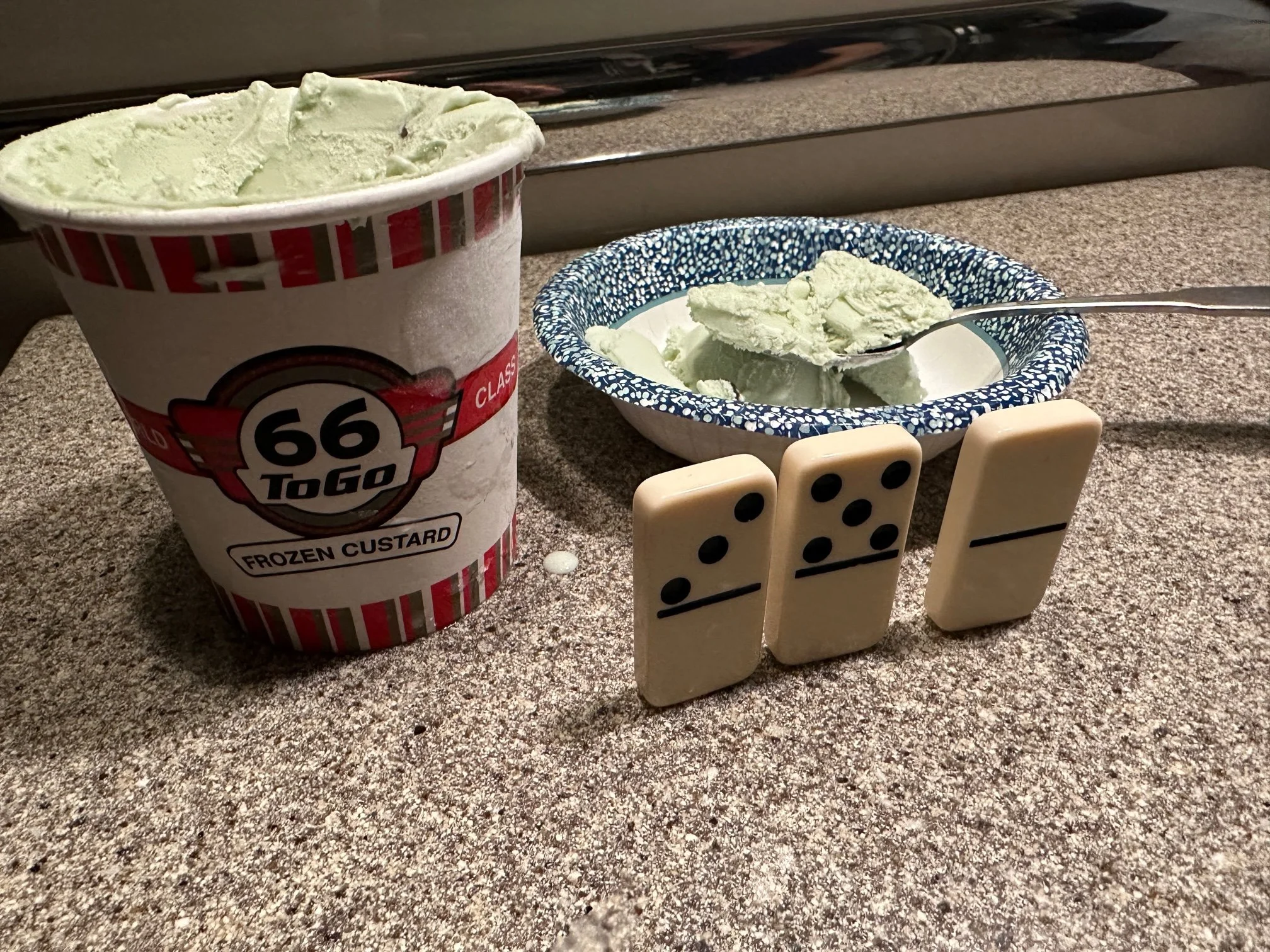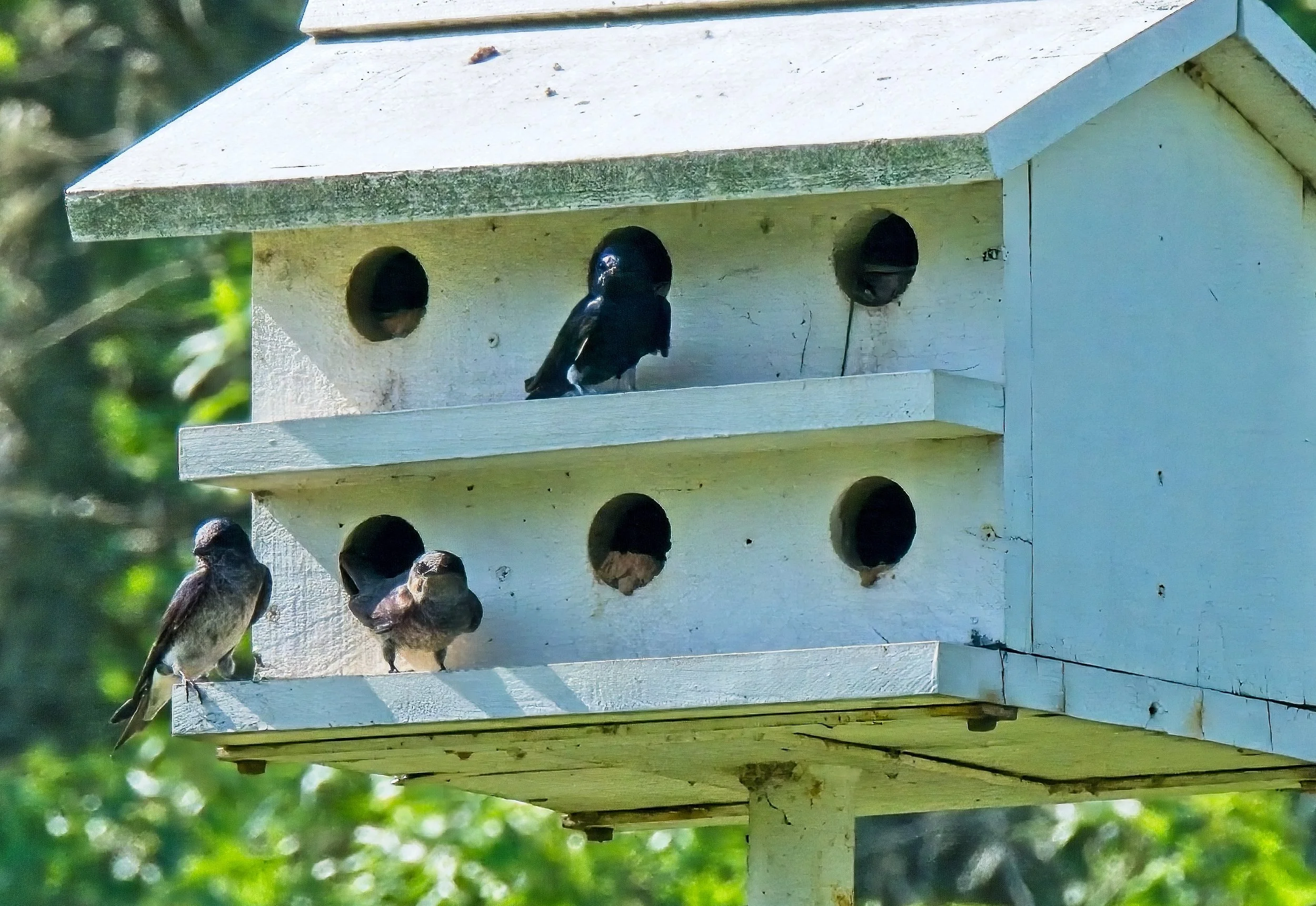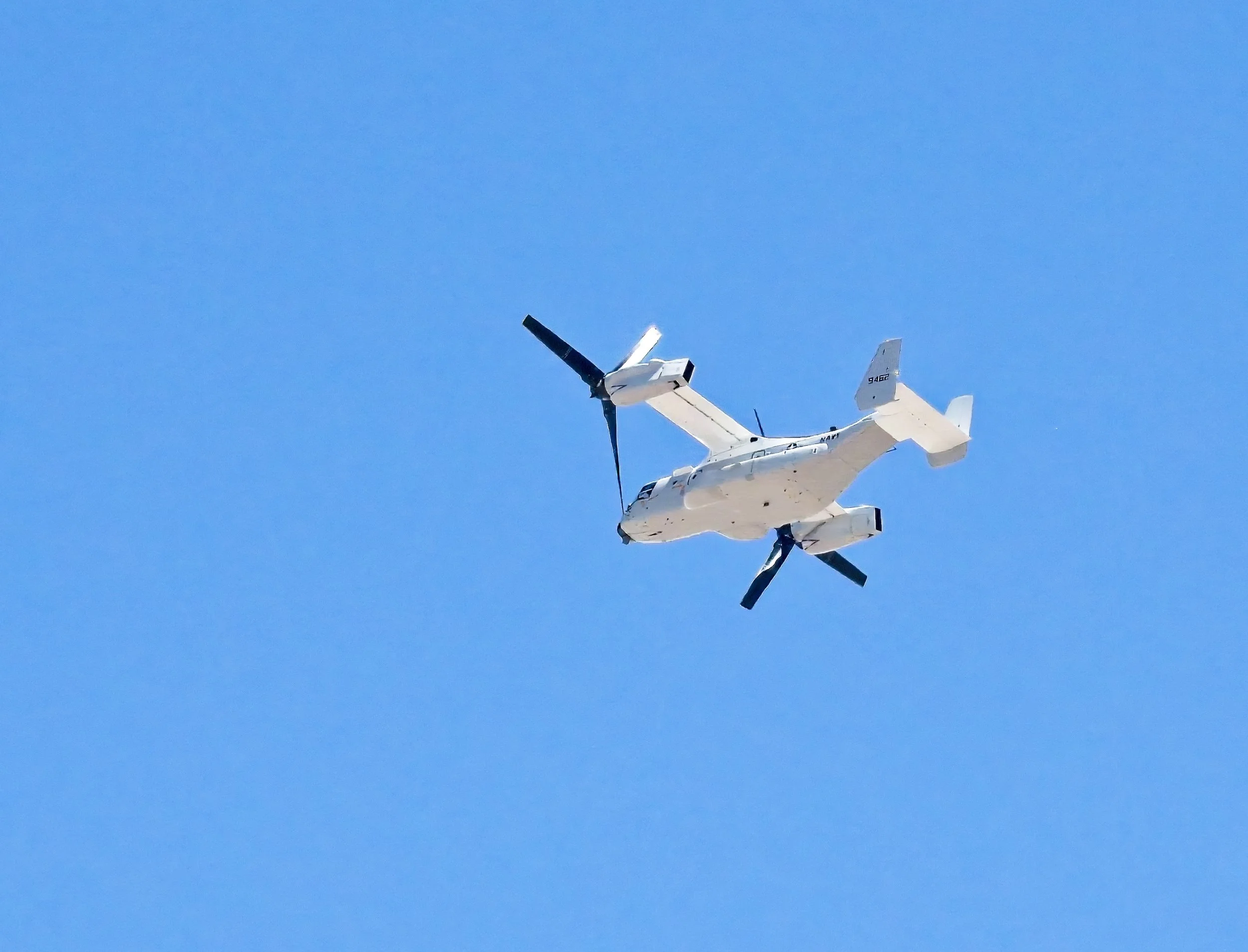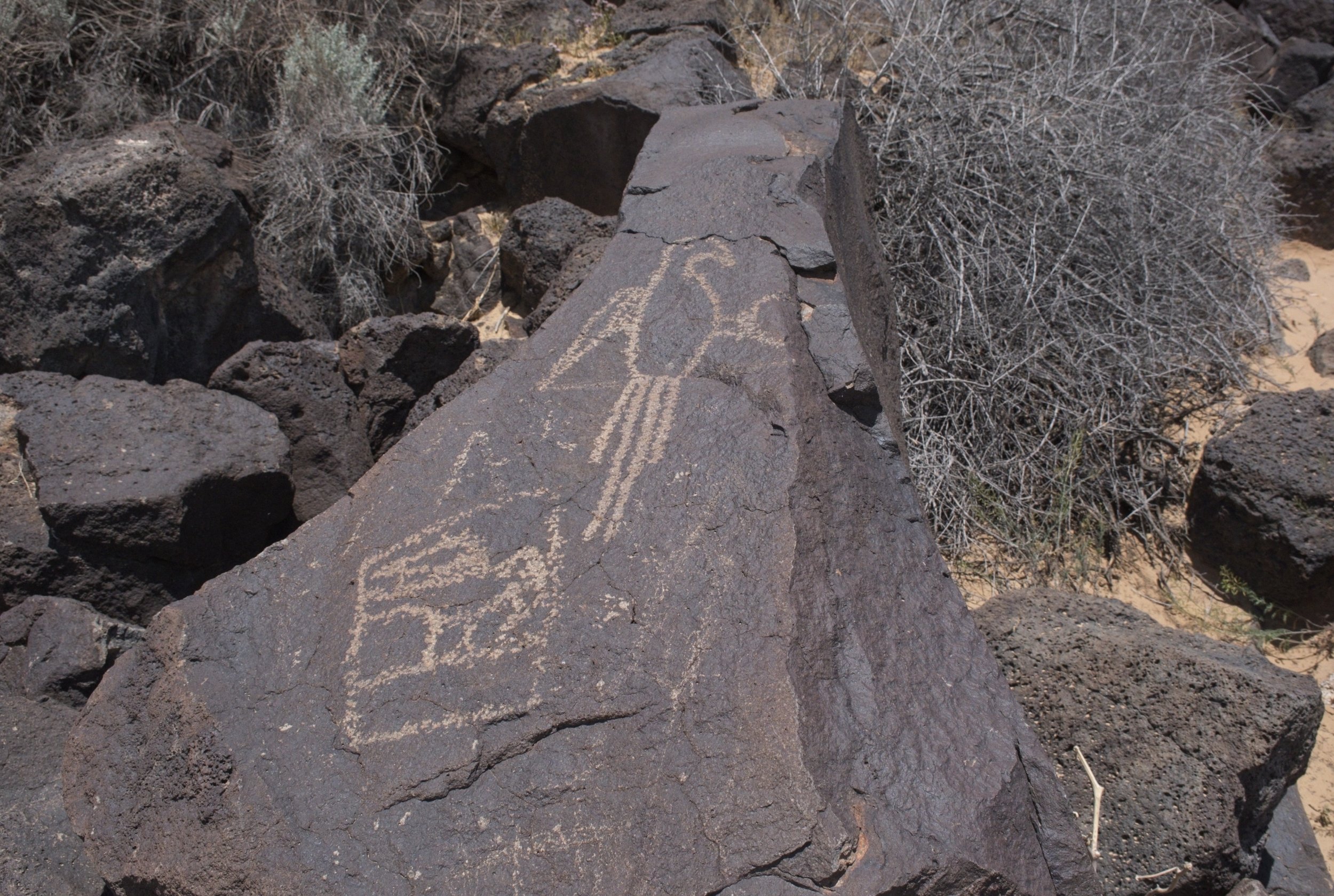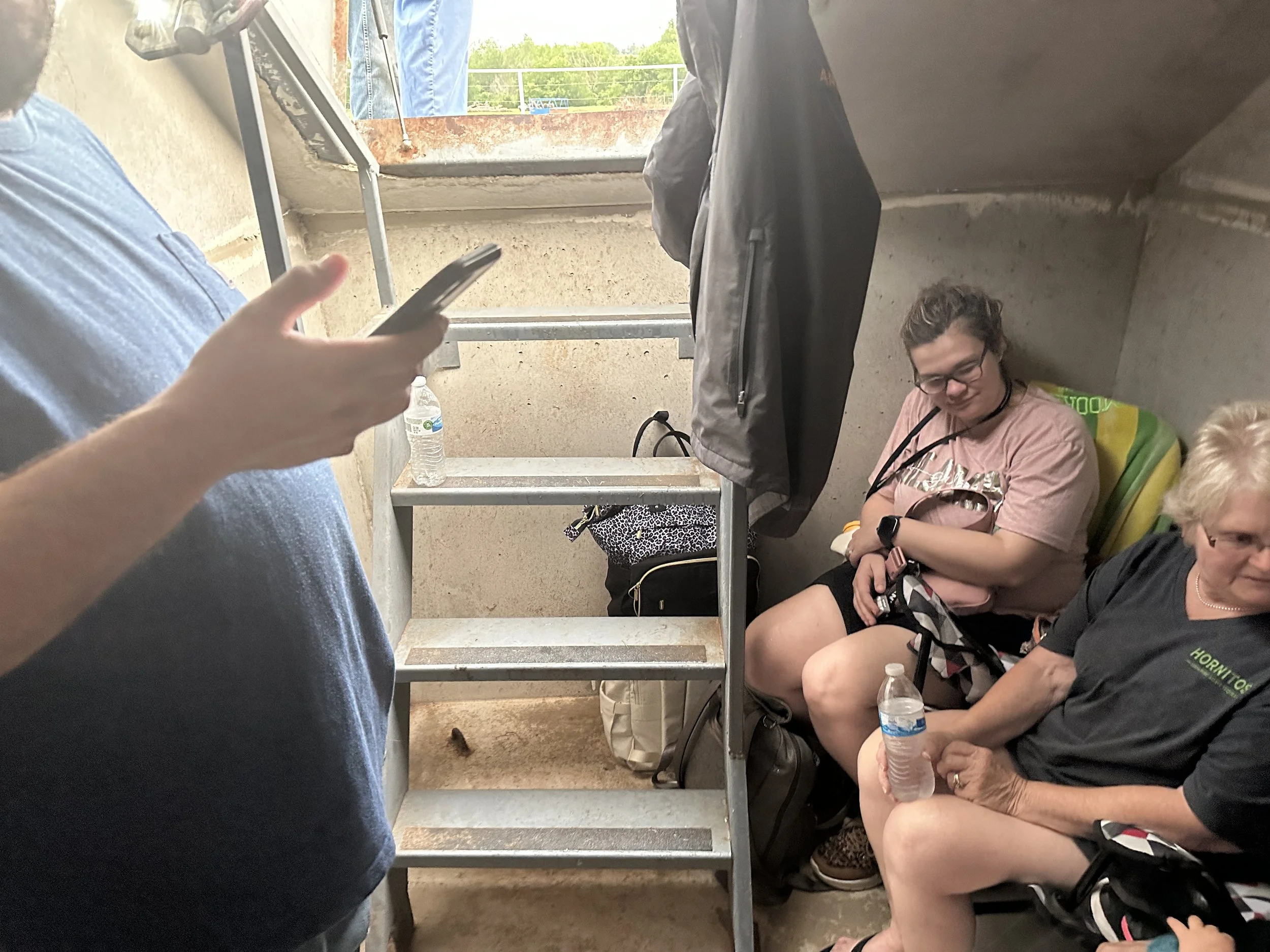Terlingua was once a teeming mining town of about 5,000 people, now it is a ghost town, sort of. A few people still live here some in rebuilt housing, some in trailers, some in shacks. There is a big tourist type store, at least three restaurants, a couple of art galleries, an inn and lots of rubble. The cemetery dominates a portion of the site. Graves here date back to the mining heyday - they mined mercury here so lots of deaths from the environment. Some graves are recent, as late as last year. Few of the graves still have names, most are just a pile of rocks, a wooden cross and little trinkets left by visitors or friends. There were a lot of beer & whiskey bottles and scores of candles on the site. I was told by a resident that there are/were a lot of ex-military men drinking their disability or pension benefits each month. The cemetery was disquieting unlike most of the cemeteries I visit. Not sure why but it was not a place I was comfortable.
I also spent way too much time at home trying to find out stories of the people whose graves had names. Most did not even have an obituary that I could find but a few did. Two are below in the photos.
This man had a name he was born with and one he used. I found a warm note left by a young woman who played music with him at area bars. She said he was a “poet, writer, musician, philosopher and intellectual. And a great friend.” Behind the grave you can see the scars mining left behind
Could find nothing about Sergeant Holderman but clearly someone had the VA pay for a standard soldier’s tombstone. Almost seemed out of place here.
This man owned a very successful chain of chicken fast food places in a lot of Texas communities - hence Boss Bird. He also owned several other restaurants.
A grave from 2022 but I could find nothing about Annie. She clearly has some friends still in the area who remember her and left a carefully constructed monument.








